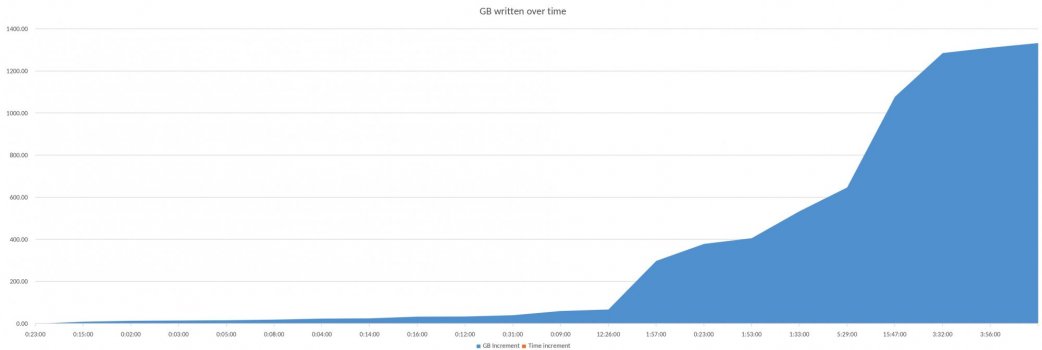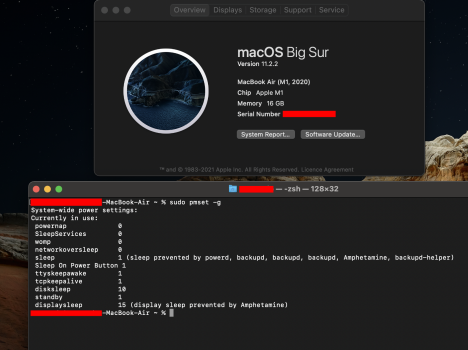I did a small test. 2x times.
I left Mac to on battery and closed the lid, then left it for 30 minutes. Then Checked the TBW.
Then I did the same, only on AC power.
I repeated this cycle 2 times and did two row of tests.
For each cycle now Mac had 3x-4x higher TBW when on AC.
I actually did this test twice. On the first try I had only Apple Silicon apps running. I had swap about 1GB.
For the second try I added some Intel apps. Swap increased to 2GB,
but overall results were the same. Mac was writing 3-4 times the data in sleep mode on AC power.
Did you leave Mac on sleep? Or maybe you log out or use it only on AC?
I left Mac to on battery and closed the lid, then left it for 30 minutes. Then Checked the TBW.
Then I did the same, only on AC power.
I repeated this cycle 2 times and did two row of tests.
For each cycle now Mac had 3x-4x higher TBW when on AC.
I actually did this test twice. On the first try I had only Apple Silicon apps running. I had swap about 1GB.
For the second try I added some Intel apps. Swap increased to 2GB,
but overall results were the same. Mac was writing 3-4 times the data in sleep mode on AC power.
I already did countless times in this topic.
- Swapping doesn't generate enough SSD load to cause 100+ TBW within a couple weeks like some users report.
- If Swapping was the cause this phenomenon would be observable for a long time already, which is not the case.
- If Swapping was the cause, people who only run light tasks such as web browsing would not be affected, yet they are.
- If Swapping was the cause, I would have the issue myself because I am using my 16GB M1 MBP for workloads that have been maxing out my Hackintoshes 32GB of RAM and I am Swapping a lot. Yet here I am at 2.95 TBW after 3.5 months of heavy usage.
Did you leave Mac on sleep? Or maybe you log out or use it only on AC?




